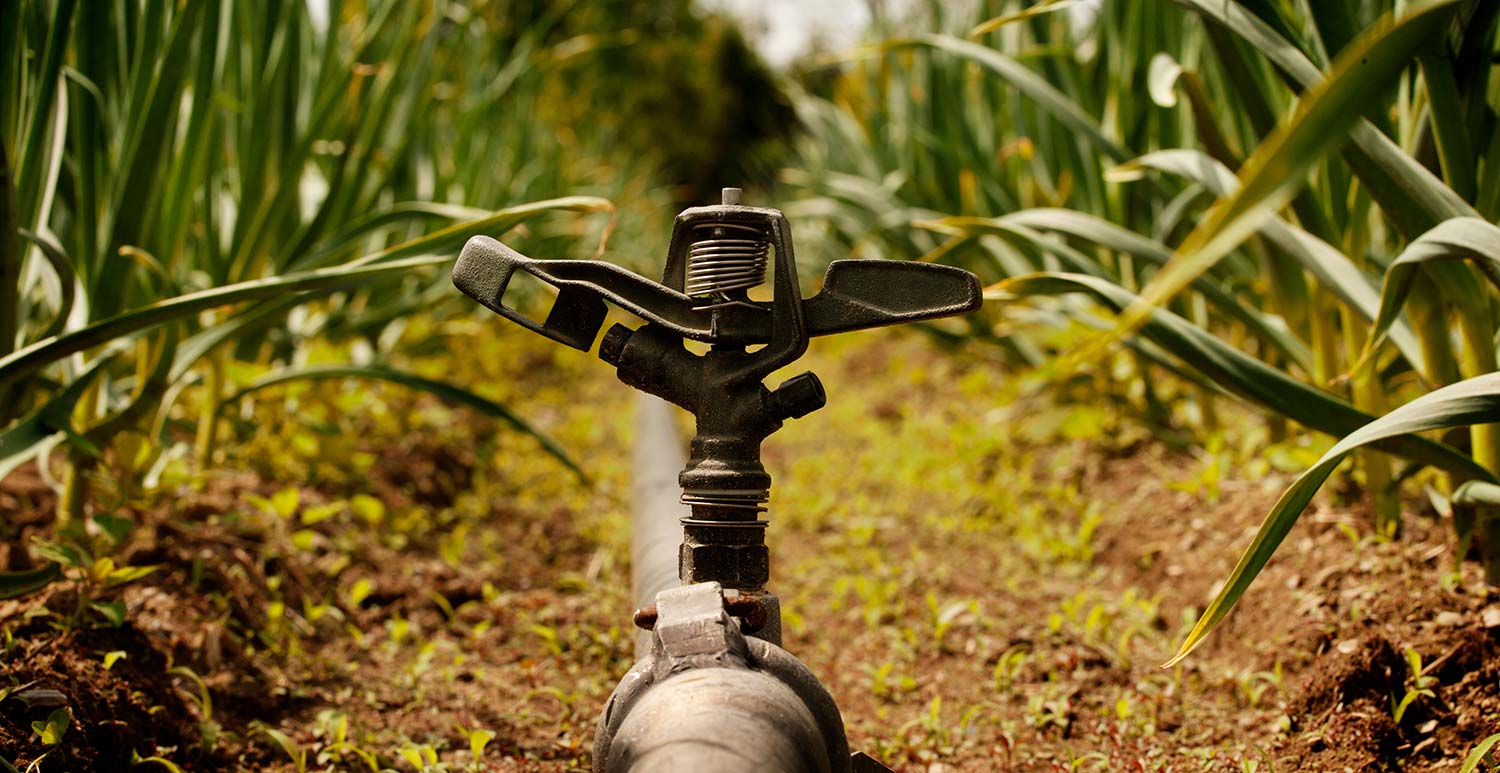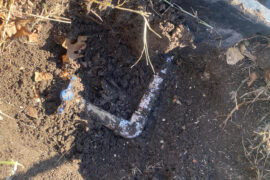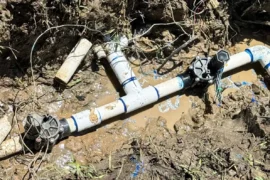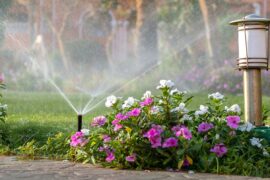Sprinkler systems are vital for maintaining lush, healthy gardens and lawns. However, over time, sprinkler heads can become obscured by overgrown vegetation, making them difficult to locate and potentially leading to uneven watering or system damage.
01. The Art of Listening and Observing
One of the simplest yet effective ways to locate a hidden sprinkler head is by using your senses of hearing and sight. Running your irrigation system can reveal the position of sprinkler heads through the sound of water or the formation of puddles. This method requires keen observation and a bit of patience as you walk around your yard listening for the distinct sound of water spraying underground and looking for water accumulation.
Techniques and Tools:
- Run the irrigation system and listen for water sounds.
- Look for puddles or unusually wet areas indicating a nearby sprinkler head.
- Mark discovered sprinkler heads with landscaping flags for easy identification.
02. Utilizing Your Sprinkler System’s Layout Plan
If your sprinkler system was installed professionally, you likely have a layout plan that shows the location of each sprinkler head. This map can be an invaluable tool in your search. Measure the distance between visible heads and use this information to estimate the location of buried ones. While this method requires a bit of interpretation and adjustment, it can significantly narrow down your search area.
Steps to Success:
- Refer to your sprinkler system’s layout plan.
- Use a tape measure to estimate the distance between known sprinkler heads.
- Look for patterns or consistent spacing that might suggest the location of a hidden head.
03. Embracing Technology: Metal Detectors and Sprinkler Head Detectors
For those who love a technological approach, metal detectors can be surprisingly effective in finding buried sprinkler heads. Many sprinkler heads contain metal components that can be detected. Before embarking on a yard-wide search, test your metal detector on a visible sprinkler head to ensure it can detect its metal parts. Additionally, specialized sprinkler head detectors are available, designed specifically for this task, offering a more targeted approach.
Practical Tips:
- Test your metal detector on a known sprinkler head to adjust sensitivity.
- Slowly sweep the detector over areas where you suspect a sprinkler head might be.
- Consider renting or purchasing a specialized sprinkler head detector for more accurate results.
04. Measure the Distance Between Two Active Sprinkler Heads
When a sprinkler system map is not available, a practical approach is to measure the distance between two visible, active sprinkler heads. This method hinges on the assumption that sprinkler heads are typically spaced evenly throughout the lawn. By measuring these distances, you can predict the location of the missing or buried heads.
How to Implement:
- Identify Active Heads: Turn on your sprinkler system to identify which heads are active.
- Measure Distances: Use a tape measure to determine the distance between these active heads.
- Estimate Location: Identify areas with unusually wide gaps between heads, as a buried sprinkler head is likely located midway between them.
05. Use a Garden Rake
A garden rake can be an effective tool in gently probing the lawn to find a buried sprinkler head. This method is particularly useful when you have a general idea of where the head might be located, perhaps guided by a map, the sound of water, or visual cues such as areas of dry, brown grass.
Steps to Success:
- Rake the Lawn: Lightly drag the rake across the suspected area. Avoid applying too much pressure to prevent damage to the grass.
- Listen and Feel: Pay attention to the sound and feel as you rake. When the rake hits a solid object, it could be the sprinkler head.
- Investigate Finds: Carefully remove any dirt or grass around the discovered object to confirm if it’s a sprinkler head.
Conclusion
Finding buried sprinkler heads in an overgrown lawn doesn’t have to be a daunting task. With the right approach and tools, such as measuring distances between active heads and using a garden rake, you can efficiently locate and uncover these essential components of your lawn’s irrigation system. By implementing these strategies, you ensure that your sprinkler system continues to function optimally, keeping your lawn lush and healthy.





